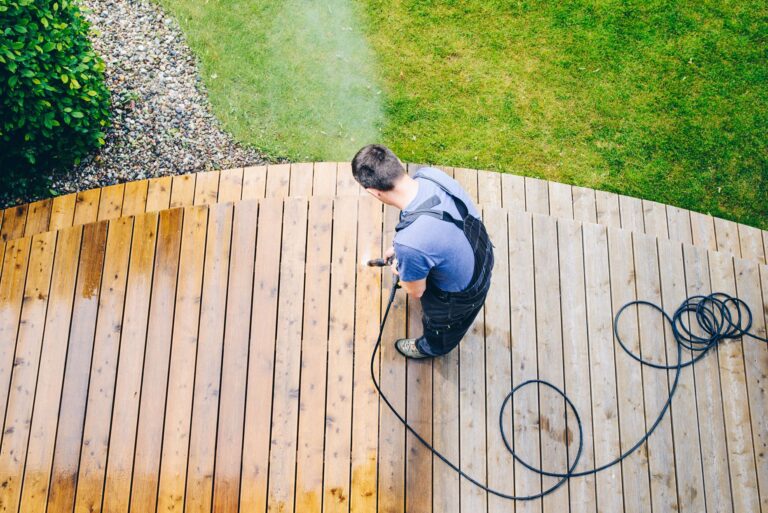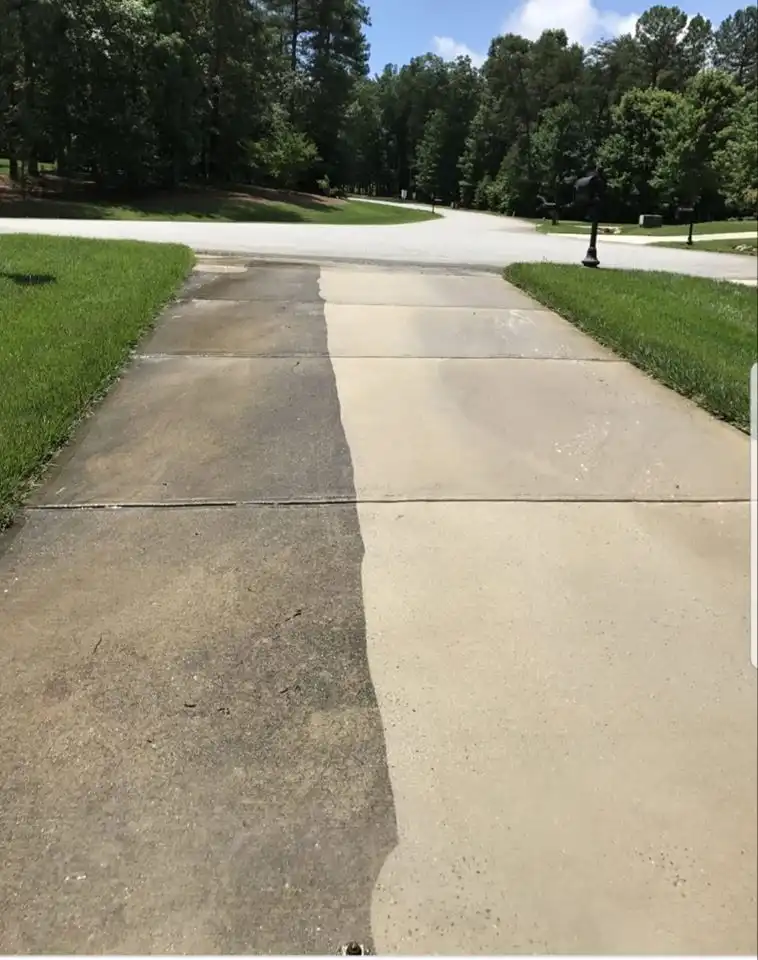Cheap Paint Costs: Why Skimping Now Leads to Bigger Bills Later
Upgrade Your Home Like a Pro: Essential Tips for Painting, Carpentry, and DIY Success
Transforming your home doesn’t require a massive budget or professional contractors—just the right knowledge and tools. Whether you’re repainting a room, building custom shelving, or tackling a weekend project, mastering basic painting and carpentry skills can save money, boost your home’s value, and provide a sense of accomplishment. However, poor preparation or technique can lead to frustrating results like peeling paint, uneven finishes, or wobbly furniture. This article distills expert strategies to help DIY enthusiasts and homeowners avoid common pitfalls and achieve professional-quality outcomes. From selecting the right brushes to mastering precise cuts, these insights will empower you to tackle projects confidently and efficiently.
Essential Tools for Every DIY Toolkit
Quality tools are the foundation of successful projects. For painting, invest in:
- Angled sash brushes (2-3 inches) for cutting-in edges.
- High-density foam rollers for smooth wall coverage.
- Painter’s tape (3M Blue Painter’s Tape is a favorite) to protect trim.
For carpentry, prioritize:
- A cordless drill/driver for versatility.
- A compound miter saw for precise angled cuts.
- Clamps to secure joints during glue-ups.
Example: A homeowner building a bookshelf saved hours by using a pocket-hole jig for hidden, sturdy joints instead of nails.
Prepping Surfaces: The Secret to Flawless Paint
Rushed prep causes 80% of paint failures. Follow these steps:
- Clean walls with TSP (trisodium phosphate) to remove grease.
- Sand surfaces with 120-grit sandpaper to create a “tooth” for adhesion.
- Patch holes using lightweight spackle, then prime with stain-blocking primer.
Case Study: A DIYer fixed peeling kitchen cabinets by sanding off gloss, applying bonding primer, and using enamel paint for durability.
Carpentry Basics: Measuring Twice, Building Once
Avoid costly mistakes with these principles:
- Use a combination square to verify 90-degree angles.
- Cut wood slightly oversized, then trim incrementally (“You can cut more off, but you can’t add it back”).
- Pre-drill holes to prevent splitting when screwing near edges.
For beginners, start with pine boards—they’re affordable and easy to shape. Build a simple floating shelf using French cleats for hidden strength.
Pro Techniques for a Polished Finish
Elevate your work with these advanced methods:
- Feathering drywall seams: Apply thin layers of joint compound, sanding between coats.
- Grain filling: For stained wood, use pore filler to achieve a glass-smooth surface.
- Layering paint: Apply primer, two thin topcoats, and a clear polyurethane sealant in high-traffic areas.
Tip: Dip your brush only 1/3 into paint to avoid drips, and always paint from dry to wet areas.
Safety: The Non-Negotiable Priority
Protect yourself and your workspace:
- Wear N95 masks when sanding or spraying finishes.
- Use safety glasses during cutting or demolition.
- Ensure proper ventilation when using oil-based products.
Store solvents in fireproof containers, and keep a first-aid kit stocked with bandages and eyewash.
Final Takeaways
Successful DIY projects hinge on preparation, precision, and patience. Start with a well-stocked toolkit, never skip surface prep, and prioritize safety at every step. Remember: Thin coats of paint outperform thick globs, and measuring twice truly does prevent wasted materials. For your first project, try repainting a small bathroom or building a planter box—these manageable tasks build confidence. As you refine your skills, you’ll discover that even complex renovations become achievable. Keep learning, stay curious, and let every stroke of the brush or saw blade bring you closer to the home of your dreams.







